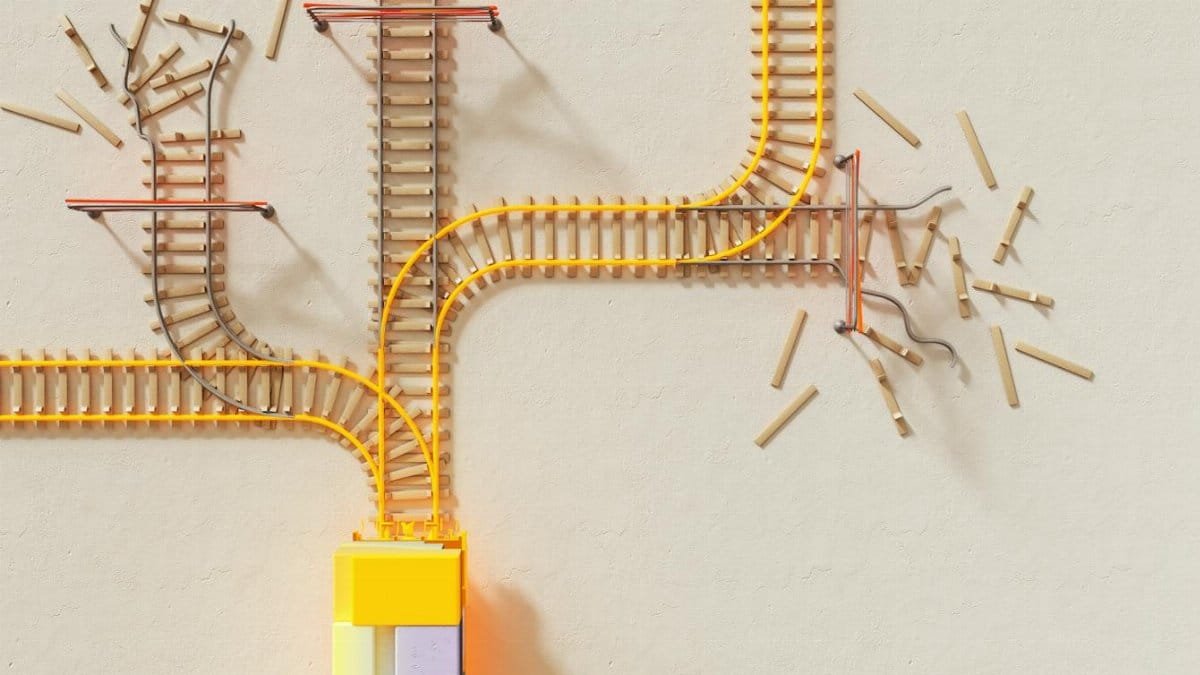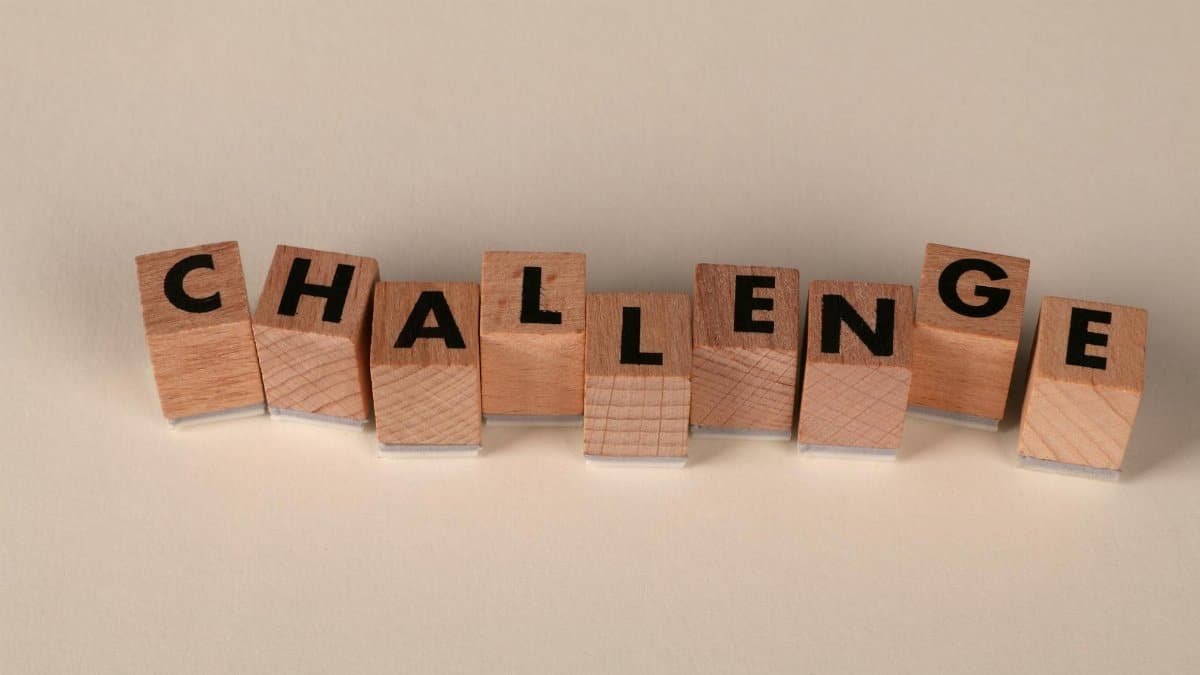Strange Habits Sabotaging Happiness

Is energy harmony flow the missing key to ditching self-sabotaging routines that drain your joy? In a fast-paced world, many Americans unknowingly adopt habits that disrupt their inner balance, leading to chronic stress and diminished well-being. From endless scrolling on social media to skipping mindfulness breaks, these patterns throw off the natural energy harmony flow essential for mental clarity. Experts say recognizing and realigning this flow can transform daily life, especially in bustling cities like Chicago where residents report higher stress levels. As 2025 unfolds, more people are turning to simple adjustments to reclaim their happiness.
Understanding Energy Harmony Flow Basics

Energy harmony flow refers to the balanced movement of personal vitality through body and mind, rooted in ancient wellness practices adapted for modern living. It’s not some mystical concept; think of it as optimizing your internal rhythms to avoid burnout. When habits like poor sleep or negative self-talk interrupt this flow, happiness takes a hit. A study from the National Institutes of Health highlights how disrupted energy patterns contribute to anxiety disorders. By fostering harmony, individuals can build resilience against daily pressures.
Chicago locals, facing long commutes and high demands, often experience this imbalance firsthand. Simple shifts, such as incorporating brief meditation sessions, can restore the flow and elevate mood. The key is awareness: spotting the habits that sabotage your equilibrium before they spiral.
The Role of Daily Routines in Disruption

Everyday actions might seem harmless, but they can quietly sabotage your energy harmony flow. For instance, constant multitasking splits focus and scatters energy, leading to fatigue. Research from the American Psychological Association shows that such habits increase cortisol levels, the stress hormone that erodes happiness over time. In urban hubs like Chicago, where 40% of workers report burnout according to recent surveys, these routines amplify the problem.
Another culprit: irregular eating patterns that spike and crash blood sugar, throwing off mental clarity. Addressing these requires intentional changes, like setting boundaries on work hours to preserve personal energy reserves.
Hidden Emotional Triggers at Play

Beneath the surface, emotional habits like harboring grudges or perfectionism disrupt energy harmony flow by creating mental blocks. These patterns trap negative energy, preventing the free movement needed for joy. Therapists note that unresolved emotions can manifest as physical tension, further sabotaging well-being.
A report from Harvard Medical School links chronic emotional stress to weakened immune responses, underscoring the need for release techniques. Practices such as journaling or therapy sessions help clear these blocks, allowing harmony to return and happiness to flourish.
Impact on Relationships and Social Life

Sabotaging habits don’t just affect you alone; they ripple into relationships. Energy-draining behaviors like overcommitting or avoiding vulnerability create distance, eroding shared happiness. In Chicago’s diverse communities, where social connections are vital, disrupted flow leads to isolation.
Studies from the Pew Research Center indicate that strong social ties boost life satisfaction by 20%. By harmonizing personal energy, individuals become more present, fostering deeper bonds and mutual joy. It’s about breaking cycles that isolate and embracing ones that connect.
Physical Health Connections Exposed

Strange habits sabotage happiness by undermining physical health, which is intertwined with energy harmony flow. Skipping exercise or relying on caffeine overloads disrupt bodily rhythms, leading to exhaustion. The Centers for Disease Control and Prevention reports that poor habits contribute to 70% of chronic diseases, directly impacting mood.
Incorporating movement, like yoga, realigns this flow, enhancing endorphin release for natural happiness boosts. For Chicagoans battling harsh winters, indoor routines become essential to maintain balance year-round, especially in 2025 with rising health awareness.
Strategies to Restore Balance

Reclaiming happiness starts with targeted strategies to enhance energy harmony flow. Begin by auditing daily habits: track what drains versus energizes you. Experts recommend mindfulness apps or short breathing exercises to reset disruptions quickly.
A practical tip: establish a evening wind-down ritual to prevent overnight energy buildup. Linking to proven methods, the Mayo Clinic offers guides on stress management that align with these principles. Consistent application leads to noticeable improvements in calm and resilience.
Real-Life Examples from Chicago

In Chicago, stories abound of people overcoming sabotaging habits through energy harmony flow. Take local teacher Maria Lopez, who ditched endless grading marathons for balanced breaks, reporting 30% less stress. Her experience echoes findings from urban wellness programs.
Community centers in the Windy City are now offering workshops on this topic, drawing crowds eager for change. These anecdotes highlight how small shifts yield big happiness gains, proving the concept’s real-world power.
Expert Insights on Long-Term Benefits

Professionals in wellness fields emphasize that sustaining energy harmony flow prevents future sabotage. Dr. Elena Vargas, a Chicago-based psychologist, states, “Harmonizing energy isn’t a fad; it’s foundational for enduring happiness.” Her views align with research from the American Psychological Association’s stress resources.
Long-term, this approach builds emotional armor against life’s curveballs, fostering a calmer existence. As trends evolve in 2025, more experts predict widespread adoption for better mental health outcomes.
Overcoming Common Obstacles

Resistance to change is a major obstacle in restoring energy harmony flow. Habits like procrastination stem from fear, but facing them head-on unlocks potential. Tools from cognitive behavioral therapy, as outlined by the National Institute of Mental Health, help rewire these patterns.
In busy environments like Chicago, time constraints pose challenges, yet micro-habits, such as five-minute meditations, make restoration feasible. Persistence turns obstacles into stepping stones for sustained happiness.
Final Steps Toward Lasting Change

To stop strange habits from sabotaging happiness, commit to ongoing energy harmony flow practices. Set measurable goals, like weekly check-ins on progress, to stay accountable. Community support, through groups or apps, amplifies success rates.
Ultimately, this journey leads to a more resilient, joyful life. With rising interest in wellness across the U.S., embracing these principles positions you ahead in managing stress effectively.
